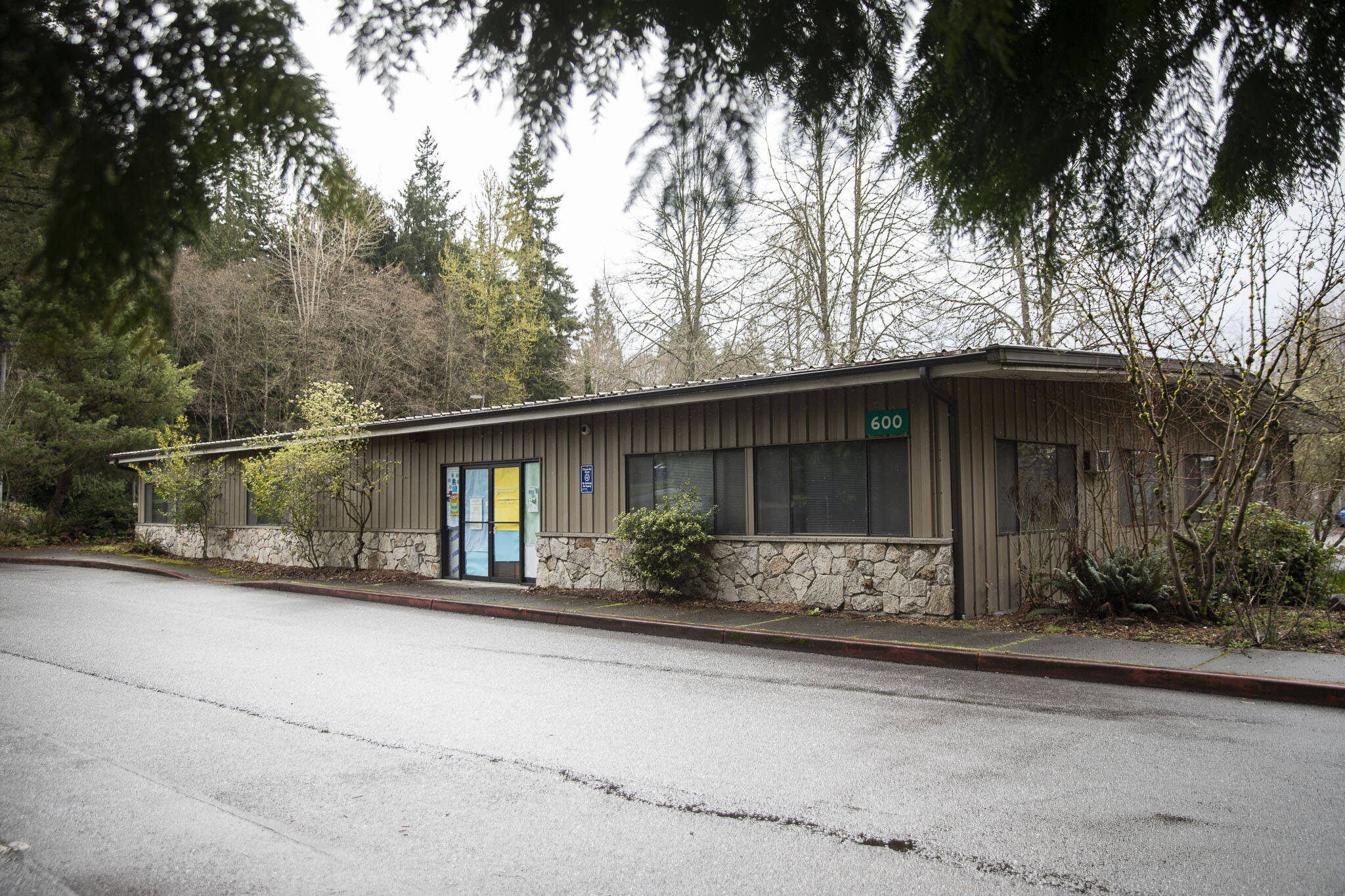MILL CREEK — A planned year-round indoor farmers market near Mill Creek got $5 million in federal funding this month from Congress.
The indoor farmers market is set to be built at McCollum Park, south of Everett. The number of vendors it will hold is still being worked out, but the county is looking at anywhere from 20,000 to 40,000 square feet of space. The county won’t run the market once its built, and it’s likely a request for bids will go out to lease the space, said Linda Neunzig, the county’s agriculture coordinator.
Initially, officials planned to remodel a 7,500-square-foot former parks department equipment building into a distribution center and turn a nearby 4,500-square-foot space into a kitchen. But a structural assessment found the buildings weren’t in good shape for a remodel.
Instead, the buildings would be bulldozed, with the Snohomish County Farm and Food Center built on top.
Neunzig has been trying to get the Farm and Food Center built for over a decade. Ideally, it will be done sometime around 2028.
“We’ll start from scratch, which is fine,” Neunzig said. “Now we get to build exactly what we want. So that’s a good thing.”
The money for the Farm and Food Center will allow construction to get started, but it still needs another $25 million to be “fully realized,” a county press release stated.
The latest federal funding, combined with an additional $3.25 million from other grant funds, will pay for site design and part of the construction, according to the county.
“The Food and Farming Center will set Puget Sound farmers up for success by providing them a centralized place to process, wash, and package their produce — often the most expensive part of the food-growing process, and the highest barrier to entry for small farming operations — and ultimately help address food insecurity for the region,” U.S. Sen. Maria Cantwell said in a press release.
Snohomish County has brought in a project planner and will use a project management style known as Progressive Design-Build. It will be the second time the county has used this contracting method, with the first being a 17½-acre Public Works project in Arlington.
“If all goes well, we could be seeing designs towards the end of this year, be working through detailed design next year and then hopefully start construction in early 2026,” said Rachel Dotson, a project manager with the county. “If all goes well.”
Those behind the project feel a sense of urgency: In Snohomish County, 9% of people are considered “food insecure,” according to the county Health Department.
The pandemic put a spotlight on food security, which helped push the project forward.
“Every single piece of this project is linked to food security,” Neunzig said.
Across from McCollum Park sits what’s been designated by the U.S. Department of Agriculture as a “low-income and low-access” area, covering much of south Everett and stretching south of city limits. In non-jargon, it’s known as a food desert.
“Right across I-5 from where this is going to be,” Neunzig said, “is one of the largest food deserts in Snohomish County. They will be within walking distance and able to purchase fresh local food at the farmers market, using EBT or SNAP dollars to buy fresh healthy food for their families.”
Farmers markets in Arlington, Everett, Lake Stevens, Marysville, Monroe, Snohomish, Stanwood and Sultan all participate in the state Department of Health’s Market Match program. The program allows SNAP (aka food stamp) users to get extra money to use on produce. The indoor farmers market would join a list of participating vendors.
The planned location is close to a park and ride where Community Transit’s new Swift Orange Line will have its eastern terminus. That line begins service Saturday.
“If somebody is coming and going from work, or they rely on those buses for their transportation, they step off, they buy what they need to take home for dinner,” Neunzig said.
Agriculture is a growing industry in Snohomish County. The estimated market value of products sold from farms in Snohomish County increased from $157 million in 2017 to $280 million in 2022.
“If by having a place to sell year-round, encourages farmers to be able to plant a longer season, or what we call a shoulder season, or indoor production, they can do that because they’ll have a place to sell,” Neunzig said. “Once the farmers markets fold up in the fall, they’re done. There’s no reason to keep growing anything because there’s no buyers. There’s nowhere to take it to sell it. We can provide a place for them to go.”
Jordan Hansen: 425-339-3046; jordan.hansen@heraldnet.com; Twitter: @jordyhansen.
Talk to us
> Give us your news tips.
> Send us a letter to the editor.
> More Herald contact information.


























